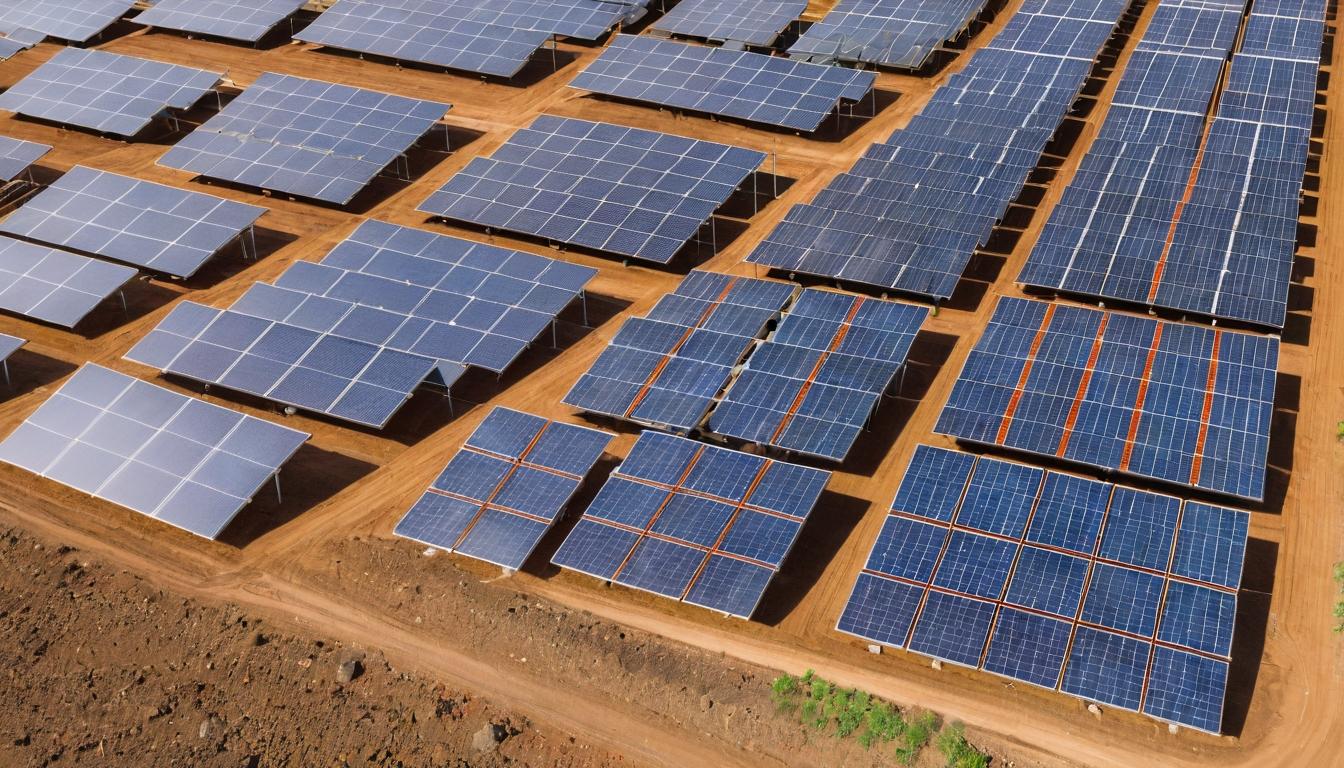In the sprawling solar farms and residential rooftops across America, a silent transformation is taking place—one that challenges everything we thought we knew about solar energy's lifecycle. While most consumers focus on installation costs and energy savings, a new industry is emerging in the shadows, turning what was once considered waste into valuable commodities. The solar panels installed during the early 2000s boom are now reaching their end-of-life, and what happens next could determine whether solar remains truly sustainable or becomes another environmental burden.
Walking through a recycling facility in Arizona, the air hums with the sound of machinery carefully dismantling what many would consider junk. Silver, copper, silicon, and aluminum—materials worth more than their weight in nostalgia—are being recovered from panels that have served their 25-30 year lifespan. The process resembles an archaeological dig through modern technology, where each layer peeled back reveals precious resources that the world desperately needs.
What makes this revolution particularly compelling isn't just the environmental benefits—it's the economics. The International Renewable Energy Agency estimates that by 2030, recyclable materials from solar panels could be worth $450 million globally, growing to $15 billion by 2050. These aren't small numbers, and they're attracting investors who once viewed solar recycling as a charitable endeavor rather than a profitable business.
The technology behind panel recycling has evolved dramatically from the early days of crude crushing and separation. Advanced thermal, mechanical, and chemical processes now allow recovery rates exceeding 95% for some materials. Companies like First Solar have developed proprietary methods that can reclaim semiconductor materials for reuse in new panels, effectively creating a circular economy for solar components.
Yet challenges remain. The variety of panel designs—from thin-film to crystalline silicon—requires flexible recycling approaches. Transportation costs often outweigh the value of recovered materials, especially for distributed residential systems. And despite growing awareness, many homeowners still don't know what to do with old panels, leading to unfortunate endings in landfills where toxic materials can leach into soil and groundwater.
Policy is beginning to catch up with innovation. Several states have implemented extended producer responsibility laws, requiring manufacturers to fund and manage recycling programs. Europe's WEEE Directive has set ambitious targets for electronic waste recycling, including solar panels. In the U.S., the Solar Energy Industries Association has developed national recycling standards, though adoption remains voluntary.
The human stories within this emerging industry are perhaps most revealing. Meet Maria Rodriguez, a former automotive assembly line worker who retrained as a solar panel recycling technician. "I went from building cars to taking apart panels," she says, carefully removing aluminum frames from a batch of retired residential units. "It feels different—like I'm helping build the future instead of just manufacturing products."
Researchers are pushing the boundaries even further. At the National Renewable Energy Laboratory, scientists are developing panels designed for disassembly—modular systems that snap apart like Lego blocks rather than requiring industrial processes to separate. Other teams are exploring biological recycling methods using specialized bacteria that can digest panel components and release valuable materials.
For consumers, the implications are significant. The resale value of solar installations now includes not just energy production but future recycling potential. Some forward-thinking manufacturers offer buy-back programs, while recycling companies provide certificates of proper disposal that satisfy environmentally conscious homeowners.
The industry's growth trajectory suggests we're at the beginning of something substantial. Recycling facilities are expanding from a handful of specialized operations to networks capable of handling the coming tsunami of retired panels. Investment in recycling technology has increased twelvefold in the past five years, according to Clean Energy Associates.
What's often overlooked in this discussion is the global dimension. As developing nations adopt solar power, they risk inheriting the waste problem without the infrastructure to manage it. Innovative partnerships are emerging between manufacturers, recyclers, and international organizations to create recycling capacity where it's needed most.
The narrative around solar energy is shifting from mere installation to full lifecycle management. This isn't just about being green—it's about being smart. The panels on your roof represent not just clean energy today but valuable resources tomorrow. How we handle them now will determine whether solar energy fulfills its promise as a truly sustainable solution or becomes another chapter in our throwaway culture.
As the sun sets on older panels, it's rising on an industry that sees value where others see waste. The quiet revolution in solar recycling reminds us that sustainability isn't just about generating clean energy—it's about completing the circle, ensuring that today's solutions don't become tomorrow's problems.
The quiet revolution in solar panel recycling: why your old panels are becoming valuable assets




